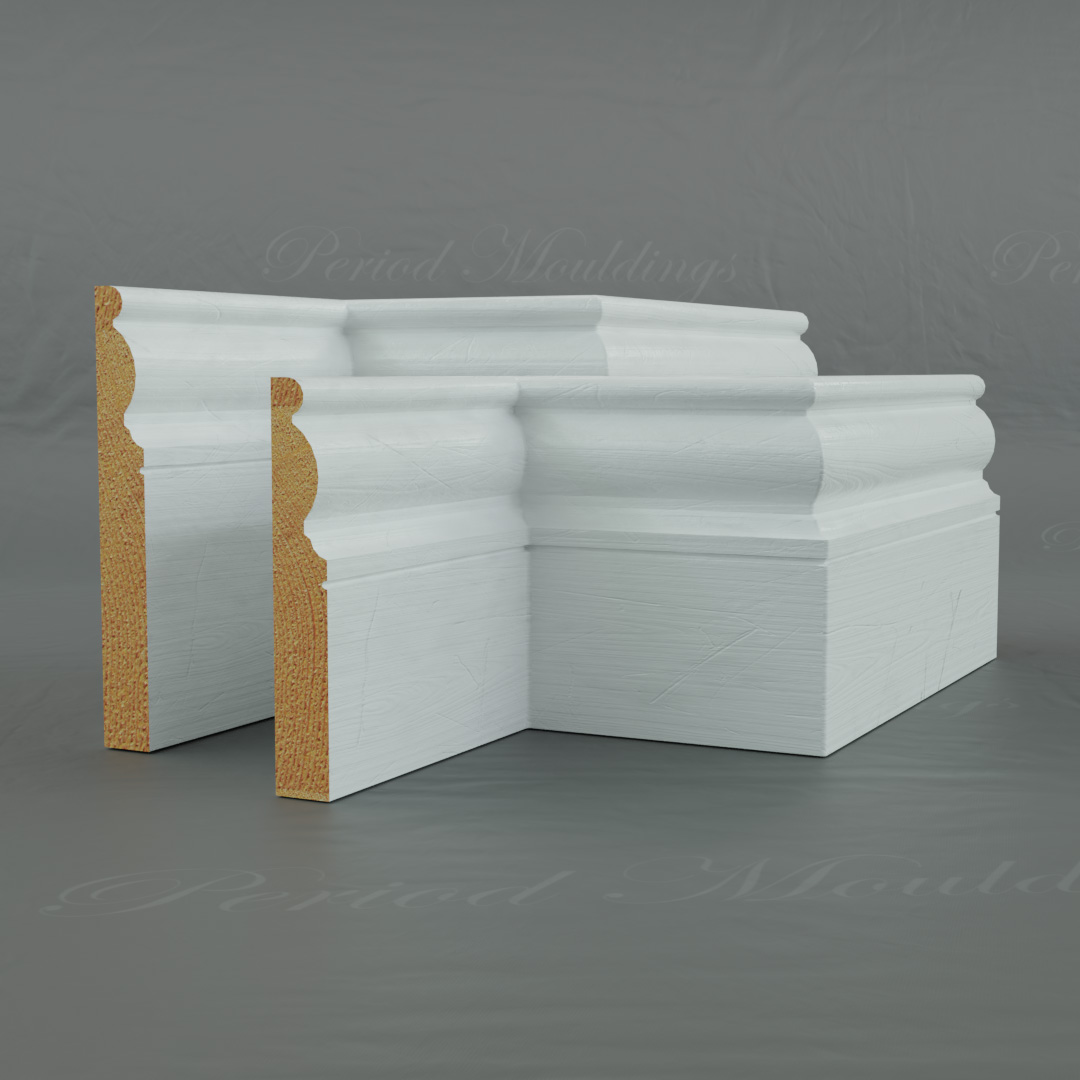"How to Select Skirting Boards That Enhance Your Rooms"
Understanding the Purpose of Skirting Boards
Before we begin the selection process, it's essential to understand why skirting boards are a necessary component of interior design. Skirting boards serve several key functions:
- Protecting Walls: Skirting boards act as a buffer against scuffs, impacts, and cleaning abrasions, preserving the condition of your walls.
- Covering Gaps and Wiring: They conceal unsightly expansion gaps and offer a practical solution to hide wiring and cables.
- Enhancing Aesthetics: Skirting boards can add architectural interest and define the visual attributes of a room.
Identifying Your Room's Personality
Different rooms have different personalities, and your choice of skirting boards should reflect and enhance these variations. A child's bedroom may benefit from playful, rounded skirting, while a formal dining room may warrant tall, highly decorative boards. Analyzing the intended use and theme of your room will guide you in selecting the best skirting design to support the overall style.

The Right Height and Width
The height and width of skirting boards can dramatically alter the perceived proportions of a room. When in doubt, a good rule of thumb is to match the skirting's height to your doorframes. However, for the illusion of higher ceilings, taller skirting boards can work wonders. Similarly, a wider skirting profile can add a robust element of character to your room, making it a feature rather than a mere accessory.
Choosing the Right Material
Skirting boards are predominantly available in three materials:
- Softwood: A budget-friendly option often requiring a few coats of paint.
- Hardwood: A durable, long-lasting, and high-quality choice with an attractive natural finish.
- MDF (Medium-Density Fiberboard): A machine-cut, smooth option that's versatile and can be easily painted.
Select the material that aligns with your budget, maintenance readiness, and the look you wish to achieve in your space.
Considering the Color and Finish
The color and finish of your skirting boards will either make them blend seamlessly into the background or stand out as a striking design feature. White and off-white finishes are popular for their versatility and ability to accentuate wall colors and decorative pieces. However, contrasting or matching skirting boards to the floor color can also achieve a cohesive and aesthetically pleasing look.
Installation and Maintenance
Lastly, consider the practical elements of installing and maintaining your skirting boards. If you're not an experienced DIY enthusiast, it may be best to opt for skirting boards that are easy to install. Additionally, think about how easy it will be to clean and maintain the boards over time. Skirting boards that provide easy access to the wall-floor junction for cleaning, or those made from materials resistant to wear and tear, might be the best option for high-traffic areas.
By following these steps and considering the various aspects of skirting board selection, you can ensure that these little architectural details become a significant part of your interior design vision. Skirting boards that are thoughtfully chosen will elevate the style and function of your rooms, ultimately transforming your living space into the haven you envision.
Comments
Post a Comment